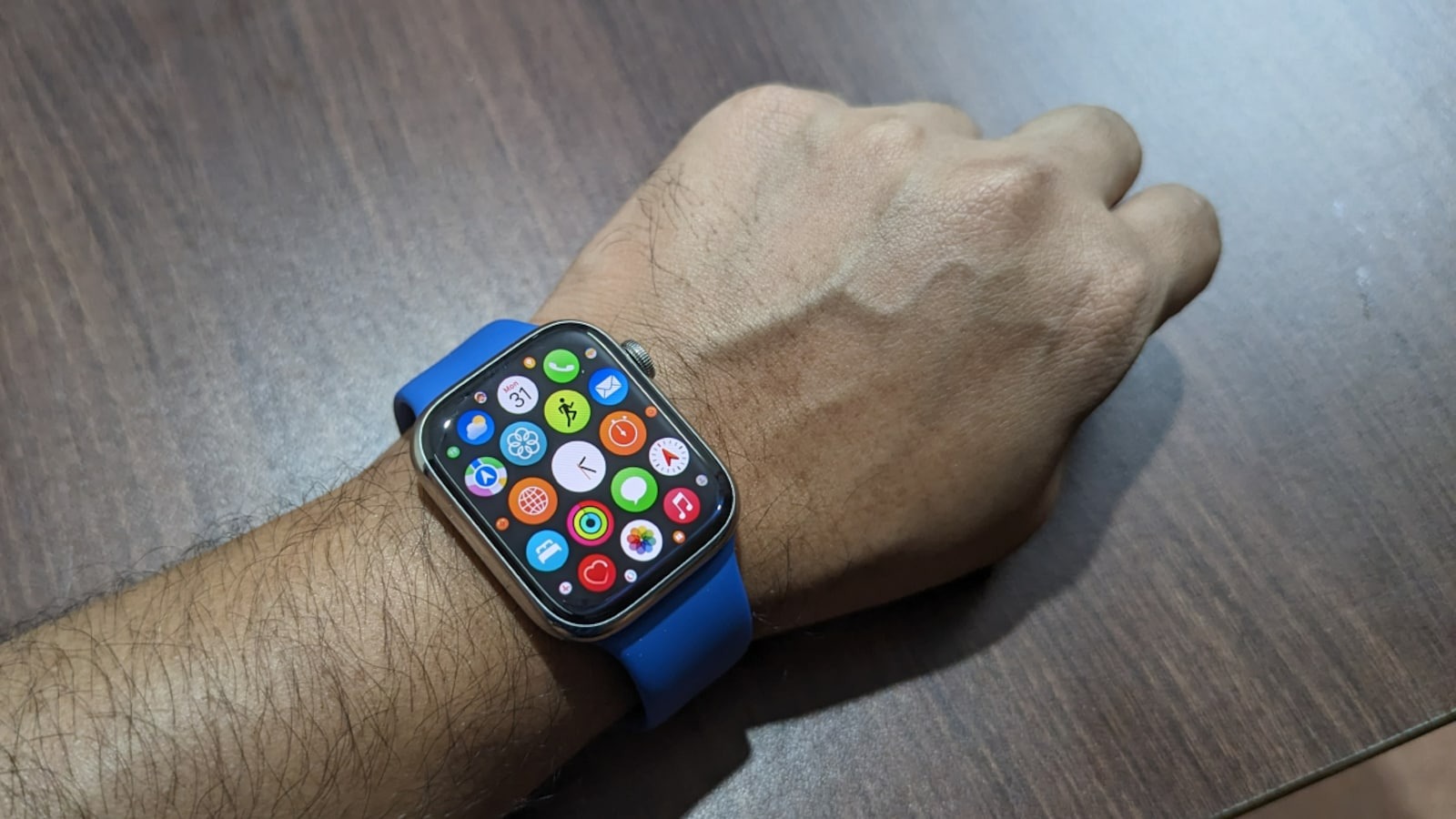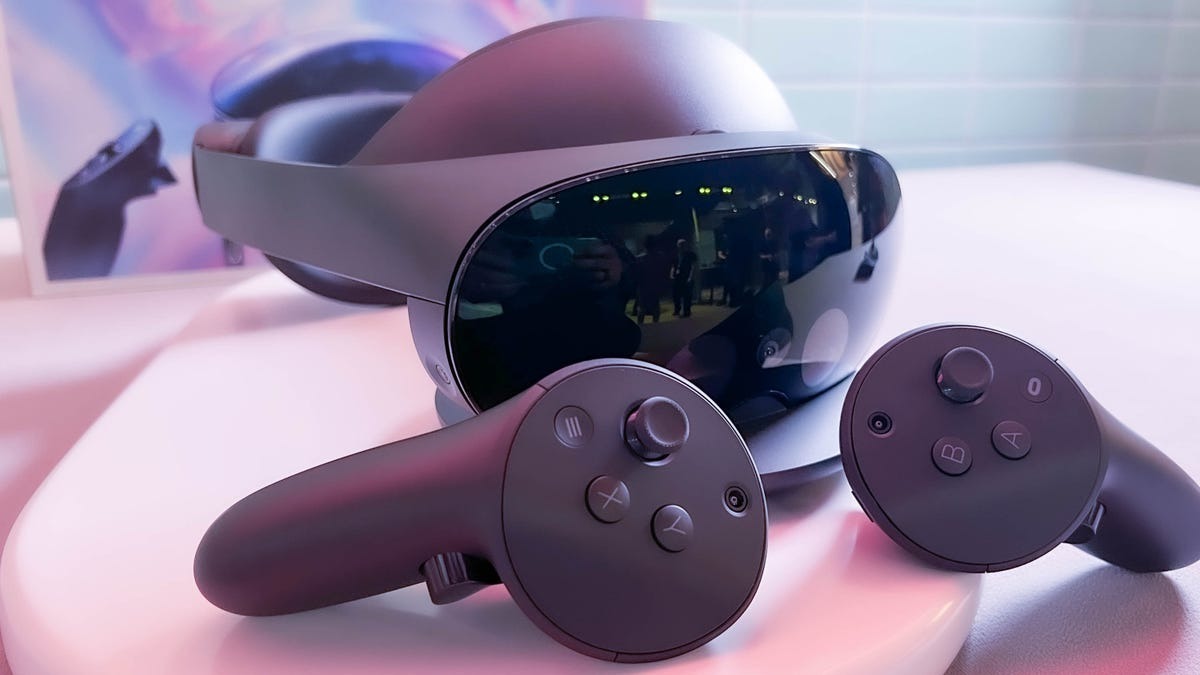Currently, few things make people roll their eyes harder than the metaverse. As someone who grew up with science fiction novels and dreamed of what virtual worlds might look like in the future, it’s a little sad, but I understand. Mark Zuckerberg is so hungry to make these dreams a reality that he is challenging billions of buck and the survival of his company that the metaverse is the next big thing. Meanwhile, the average person is still wondering what a VR headset is really for, other than maybe breaking a few polygons in Superhot or smack Saber.
Although it seems that VR headsets have always existed, we are still in the early days of virtual reality. It’s only been a few years since the company formerly known as Facebook introduced virtual reality to the masses with the Quest 2. And now, with the Quest Pro, Meta is trying to promote a new level of Core Technology that makes digital worlds more realistic, intuitive and immersive. And honestly, I think Meta did it, because even if the 1,500 price tag is hard to justify, it’s easy to see the potential that this hardware can offer.
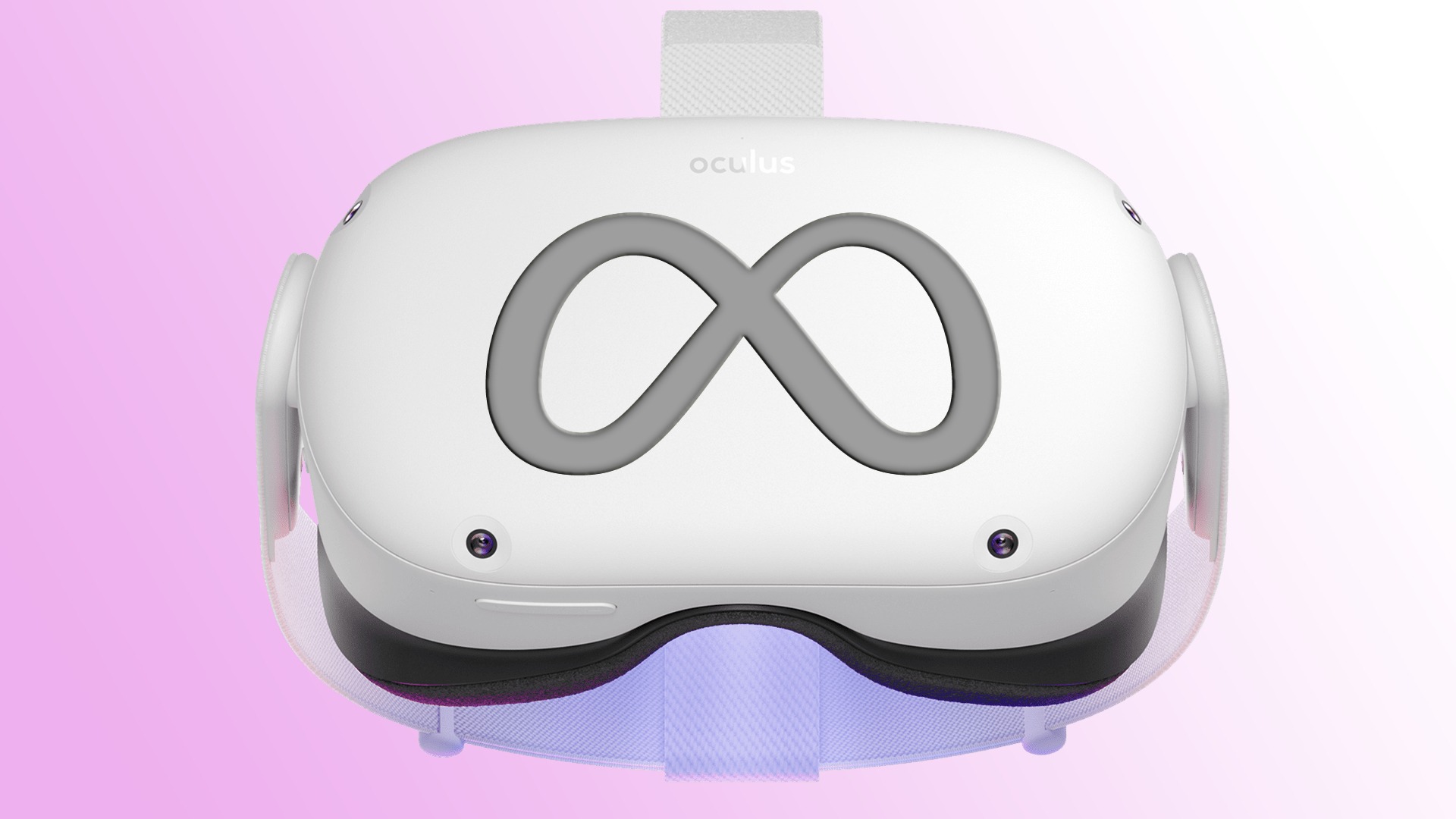
With a Qualcomm Snapdragon XR2+ chip, 12 GB of RAM and 256 GB of storage, the Quest Pro offers 50% more performance than the Quest 2, according to Meta. however, the real challenge of creating this helmet was to combine its standalone design with something simple and comfortable to wear, and I think Meta found
The switch to new Pancake lenses has allowed the company to reduce the thickness of the helmet while offering a relatively high resolution of 1,800 x 1,920 pixels per eye. For comparison, this is higher than what you get from the valve index (1,440 x 1,600 per eye), but a little less than the Vive Pro 2 (2,448 ×2,448 per eye). Although it comes with a 90Hz refresh rate, the Quest Pro is not as fast as most of its high-end PC competitors. For me, it didn’t matter, because the graphics and gameplay were smooth and fluid. But I should mention that I’ve never really had any problems with VR-related motion sickness, so your experience may vary.
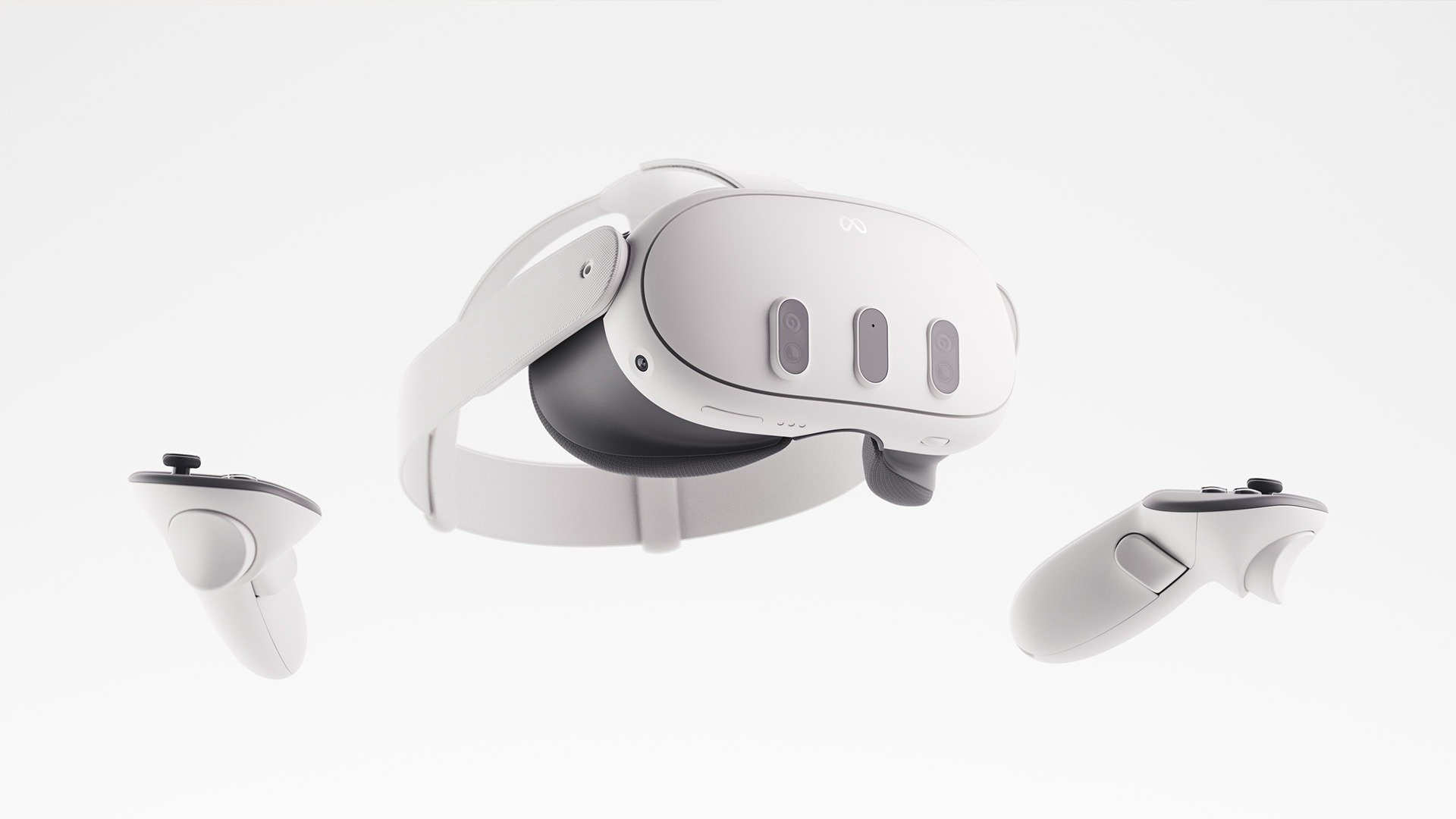
My only problem is that I wish the Quest Pro’s 96-degree vertical field of view was slightly larger. I have found that due to the visor-like design of the helmet and its field of view, you always tend to see a little of the real world at the bottom of your eye line. Fortunately, its 106-degree horizontal field of view is about as good or superior than all its competitors, with the exception of the 116 degrees of the Vive Pro 2.
Elsewhere, the Quest Pro has 10 sensors inside and outside the device. The five outward-facing cameras support color relay, manual tracking and elements such as scene comprehension without the need for additional external sensors. Meanwhile, the five inward-facing sensors track eye and facial movements for features such as Foved rendering and enhanced Avatar animations, but we’ll talk about that after.
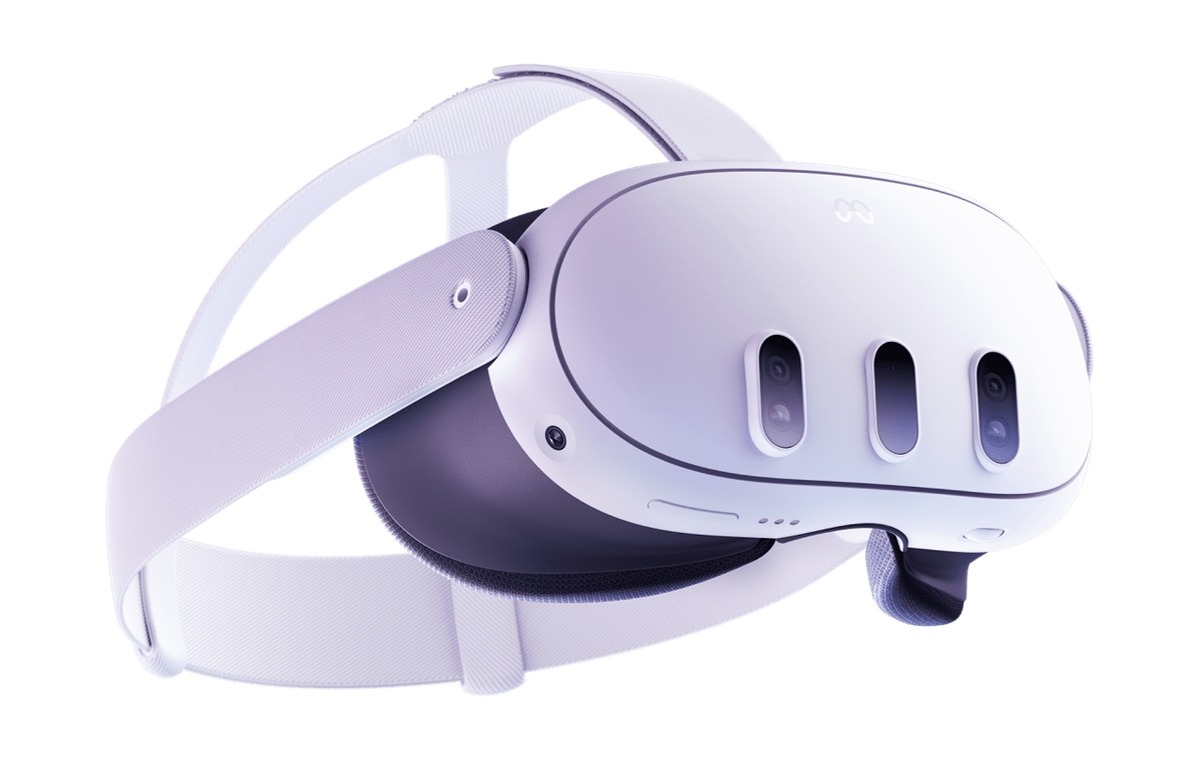
To compensate for the compromise in the middle performance and fit, Meta cleverly used a curved battery integrated into the back of the helmet, eliminating the need for wires or a belt-set uped power cell. And when combined with a soft forehead pad and a convenient dial for adjusting the headband, you get a headset that is extremely easy to put on and wear. Other adjustments are made via a small dial on the front that modifies the distance of the lens, while the IPD adjustment (interpupillary distance) is made by simply moving each eyepiece left and right as needed. Overall, it’s an incredibly simple setup, and thanks to the Quest Pro’s fit calibration feature, the headset can remind you to adjust your settings if it detects things aren’t quite right. And when it comes to sound, you get speakers that support Spatial Audio built into the headphone arms. However, if you prefer to use your own headphones, there is also a 3.5mm jack.

